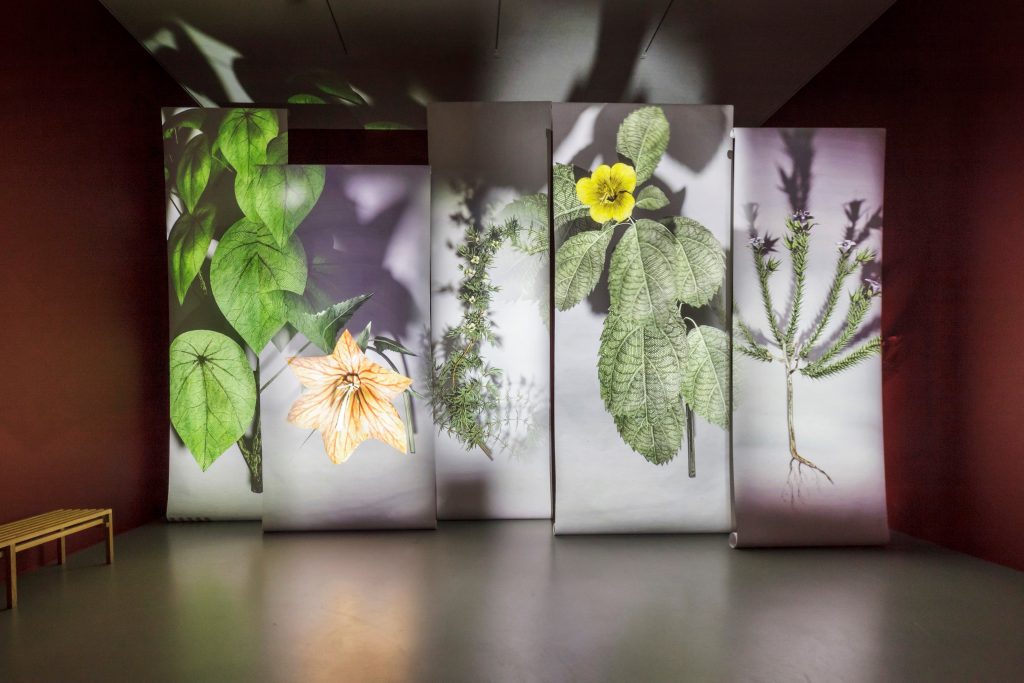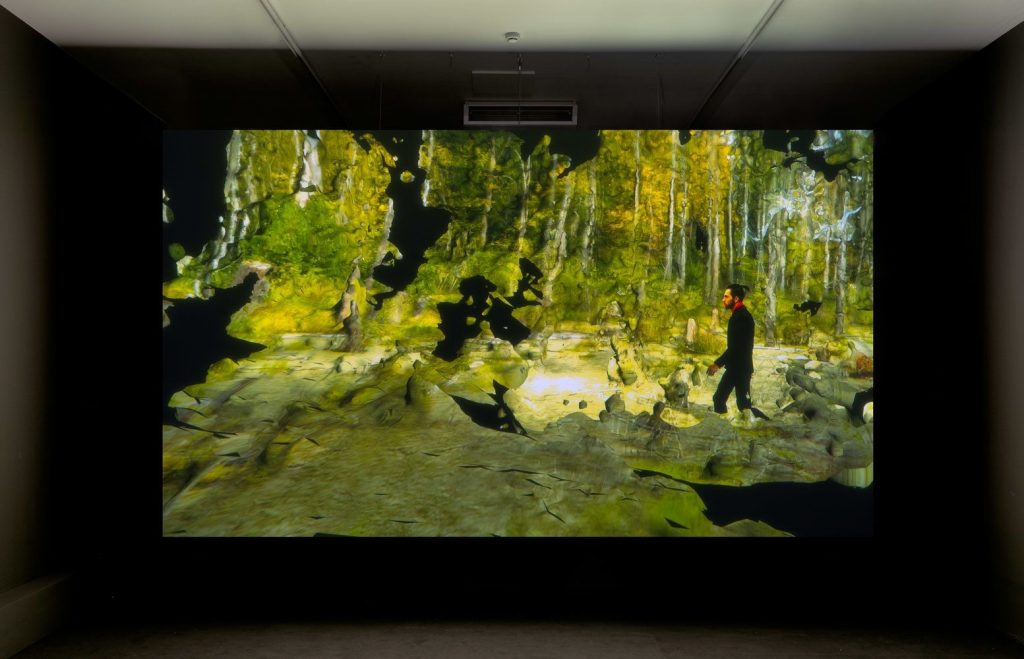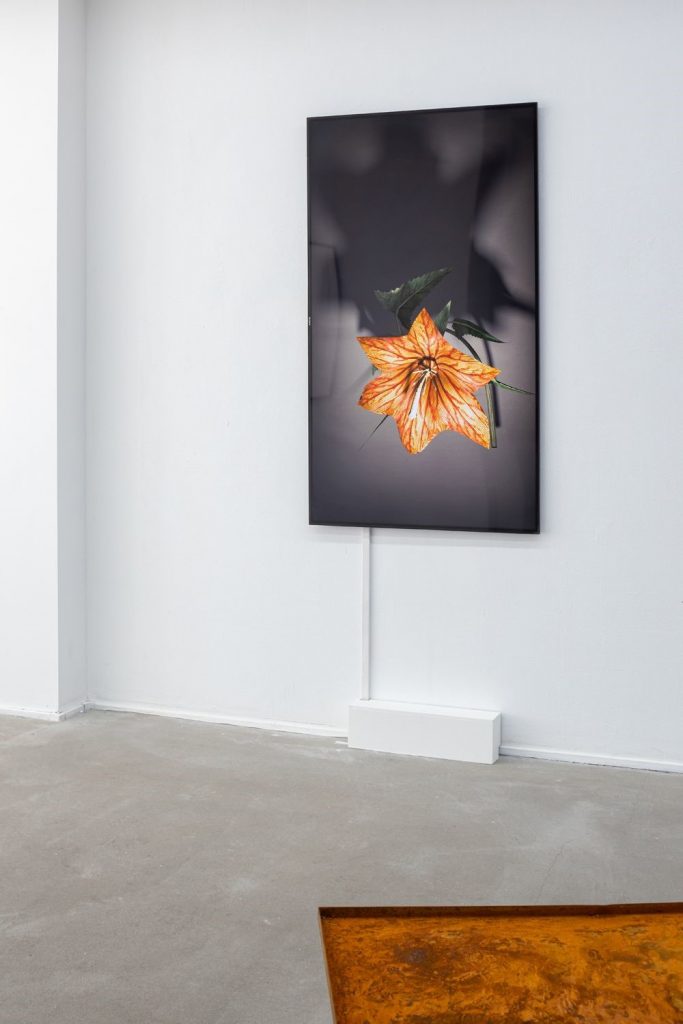#MEETTHEARISTS: Margit Lukács & Persijn Broersen
During Art Rotterdam, you will see the work of hundreds of artists from all over the world. In this series, we highlight a number of artists who will show remarkable work during the fair.

The much-loved video section Projections is being transformed this year: instead of one room with video presentations, you will now find these works spread over the fair, in dedicated video rooms in the booths of different galleries. AKINCI will show an exciting video artwork by the artist duo Margit Lukács & Persijn Broersen: “Fix the Variable, Exclude the Accidental, Eliminate the Impure, Unravel the Tangled, Discover the Unknown” (2021).
For this work, the Dutch artist duo took inspiration from the famous Swedish naturalist Carl Linnaeus, the first scientist to devise a unified system for classifying living organisms like plants and animals — essentially a new way of exercising control over nature. Linnaeus had a special bond with the Dutch Republic, where he completed his medical studies and wrote several books and articles, including his famous 'Systema Naturae' (1735-). He was also the personal physician to the wealthy banker and Dutch East India Company director George Clifford III, a job that Linnaeus combined with a role as supervisor of Clifford’s botanical garden and zoo. During his many travels, Clifford had collected hundreds of plant species, as well as tigers, monkeys, various bird species and Indian deer. Linnaeus was particularly fascinated by the foreign plants in the collection and classified them in his ‘Hortus Cliffortianus’ (1937). Of course, if you look at Linnaeus's classification system with contemporary eyes, that system isn't that objective at all, for instance when you read how he described human "varieties" — he didn't use the word race. But also if you look at his representations of tropical plant species, which he did not describe in a neutral fashion, but rather as an idealised version. And this is remarkable because Linnaeus regarded his rigid system as the pinnacle of objectivity.

In the video work by Lukács & Broersen, we see a series of hyper-realistic, virtual, dancing plants, inspired by Linnaeus' rendering of George Clifford III's tropical plant collection. Yet the animated plants in this video artwork do not appear 100% real. As a viewer, you experience a certain alienation that might be related to the uncanny valley effect — that uneasy feeling we get when a robot looks too much like a human being, but also not quite enough. In this work, the natural and the virtual enter into a relationship that the viewer experiences as unnatural. The flowers and plants move gently at first, as if they are moved by a gentle breeze. After a while, the movements become increasingly fierce and menacing, as if the plants are trying to escape from their imposed straitjacket. The choreography isn’t coincidental and was programmed based on the movements of rebellious crowds and forces of nature. These movements contrast with the static representations that Linnaeus immortalised in his ‘Hortus Cliffortianus’. The compelling piano music of concert pianist Daria van den Bercken is abruptly followed by protest music by the American revolutionary and composer Frederic Rzewski, who passed away last year. The chosen compositions border on the atonal, which we tend to experience as unnatural. Moreover, the music is not synchronised with the video, so every time you watch the work, you will see a different combination of visuals and sound.
In their work, Margit Lukács & Persijn Broersen play with different fields of tension. On the one hand, they are concerned with the ways in which fiction dictates reality, and vice versa. On the other hand, they look at the relationship between people and their immediate environment: nature, but also society at large. How is this relationship influenced by the large amount of media that we consume on a daily basis, consciously and unconsciously? The artists want to show how reality, fiction and (mass) media are intrinsically intertwined. They emphasise this by combining filmed or photographed footage with digital animation and images from the media. Their works often function as parallel worlds, that tend to reflect our society and visual culture. Lukács & Broersen are particularly interested in the ways in which people experience and construct nature. They refer to subjects like endless reproduction and our focus on the ornamental and the superficial. Because although our screens are borderless and timeless, they also offer a flattened reality. And we are spending more and more time in our virtual worlds, which in turn affects the way we relate to nature.
Our disturbed relationship with nature also emerges in an interesting way in their earlier video artwork “Forest on Location” (2018). For this work, the artists traveled to the 11,800-year-old Białowieża Forest on the border of Poland and Belarus. The forest is classified as UNESCO World Heritage and it has been a source of inspiration for myths, legends and fairy tales for centuries now. However, due to large-scale logging, the forest is becoming significantly smaller. Lukács & Broersen shot footage on location and then created a kind of digital “backup”. They subsequently transformed the 2D photo images into a 3D experience that almost resembles a computer game. They added a performance by the Iranian opera singer Shahram Yazdani, who tells of a wise tree addressing a lost boy. The video work offers a stark contrast to our real relationship with nature, in which humans claim all of the power, in which nature is primarily seen as a commodity. As the film progresses, the magical and mysterious forest gradually turns into a more deconstructed and fragmented digital representation.

Lukács & Broersen have been collaborating since 2001. They both studied graphic design at the Gerrit Rietveld Academy, followed by a study in Fine Arts and Design at the Sandberg Institute. The duo then completed residencies at the Chinese European Art Center, The International Artists Studio Program in Stockholm, the Rijksakademie van Beeldende Kunsten in Amsterdam and Künstlerhaus Bethanien in Berlin, among others. Their work has been shown in various museums, (film) festivals and television broadcasts all over the world, from Centre Pompidou, Foam, IFFR, the New York Film Festival and Lowlands to the World Expo Shanghai, Rencontres d'Arles and the Sydney Biennale. Lukács & Broersen created a site-specific work for the elevator of the Stedelijk Museum as well as a work for the North-South subway line in Amsterdam. In addition to films, animations and videos, the artist duo also makes photographs, screen prints and murals.
During Art Rotterdam, the work of Margit Lukács & Persijn Broersen will be on show in the Projections presentation in the AKINCI booth.
The video artwork 'Fix the Variable, Exclude the Accidental, Eliminate the Impure, Unravel the Tangled, Discover the Unknown' was commissioned by the Centraal Museum and is also part of the museum's collection. The work will also be on show in the exhibition 'The Botanical Revolution' until 1 May. The title of the work refers to a quote by Johann Wolfgang von Goethe and is part of his search of the essence of the pure phenomenon.


